
To be able to test the car’s alternator, it is necessary to start the car first. Then disconnect the positive or negative head of the Battery from the battery.
The wheel of the car is still on after the battery head is removed. the indicator is that the alternator is not working properly.
But if the car goes off, it indicates that the alternator is broken or that there is a problem with the car’s charging system.
The deterioration of the car’s alternator is one of the flaws that can cause many challenges for the car driver.
As you know, the car alternator is the beating heart of the car’s electrical system, and its role is to generate and distribute electrical energy.
So if this part of the car is malfunctioning, the car may turn off and you can’t turn it on anymore. That’s why you need to do the alternator test.
Keep in mind that testing the car’s alternatorwill reduce the additional costs to you before major problems can affect this part of the car.
Regular dynamite testing will also prevent much larger breakdowns.
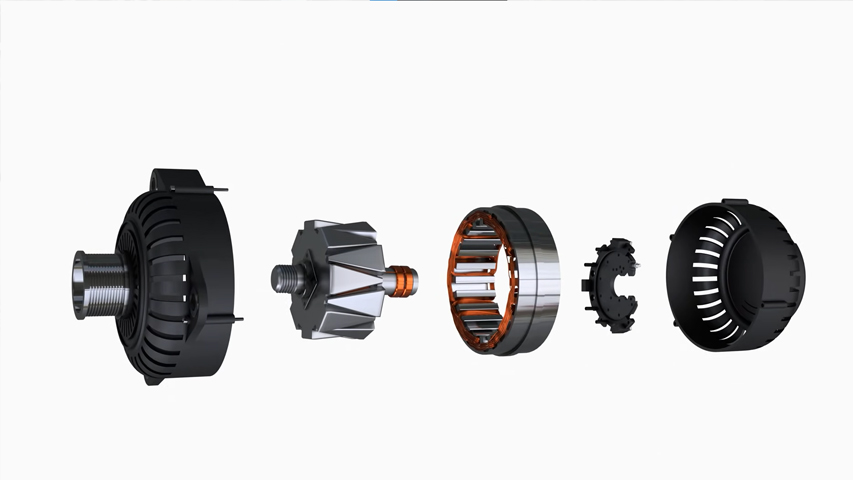
Different components of Alternator
If you are driving on the road and suddenly notice that the car lights are dimmed, as well as the sound system is disturbed.
You should know that if you have these problems, your peers are probably in trouble. The alternator plays the role of generating electricity for the car.
If this part breaks down, it causes a lot of problems for the car. Below we will look at the components of the alternator:
1. Rotor:
a rotor is a moving heart in a alternator that produces a magnetic field by rotating itself inside the stator. This magnetic field is essential for generating electrical current in stator coils.
2. Stator:
the stator contains copper coils that are present around the iron core. When the rotor rotates, the magnetic field generated by the rotor creates an electrical current in the stator coils.
3. alternator pesticides:
this is the voltage regulator and manages and controls the output voltage of the alternator to prevent damage to electrical components.
4. Diode rectifier:
a diode rectifier converts the alternating current generated by the alternator into a direct current so that it can be used to charge the battery and power the car’s electrical system.
5. Cooling fan:
keep in mind that the cooling fan keeps the alternator cool. Because the alternator produces high heat during operation and should be cooled to prevent damage.
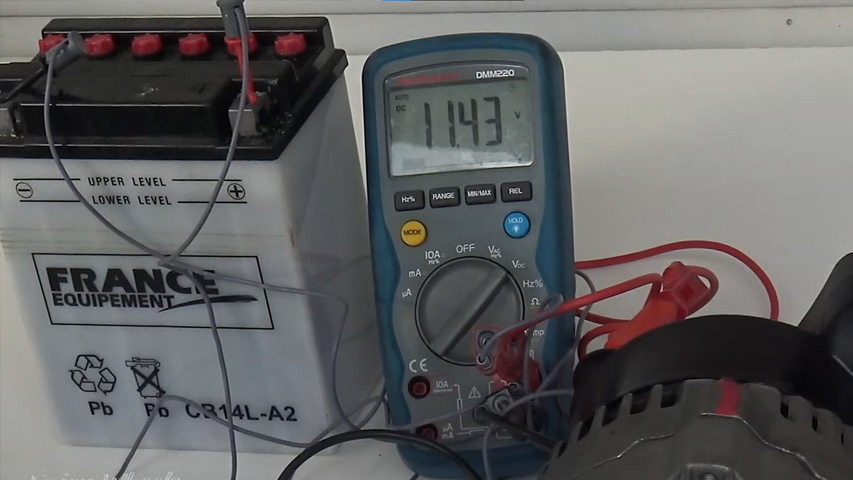
Signs of Car Alternator Failure
If your car’s alternator is malfunctioning, you need to diagnose it correctly.
Many people ask the question of where we can find out that the alternator is broken.
Keep in mind that the signs of a alternator failure in the car can be very obvious. For example, as we mentioned above, the dimming of car lights during night driving indicates this.
On the other hand, behind the kilometer of the car, if the battery light turns on, another sign of the deterioration of the Essen alternator. Below are some of the most important signs of car alternator failure:
- Dim car lights
- Poor performance of accessories
- Problems with the start time
- Battery light on the kilometer screen
- Continuous and sequential shutdown of the car
- The smell of burned plastic
- Hearing strange and unusual sounds

Ways to test Car Alternator
There are different ways to test the car’s alternator. Keep in mind that this will depend on when the car’s alternator is broken.
In fact, you can make sure your Alternator is healthy at critical times without having to use complex devices. You should know that in any situation, it is recommended to use a tool such as a multimeter.
Alternator test without using the device
Testing an alternator without using a device is one of the most important and practical ways. This method can help you in times of crisis. Testing an alternator in this way can be suitable for people who have no tools or tools and want to know if the alternator is healthy.
But you should know that there are ultimately two ways to this end.
First, it is necessary to open the hood of the car and assess the condition of the belt. The belt should be securely in place.
The second way is to pay attention to the performance of the engine.If the engine doesn’t work properly, the alternator may be faulty and need to be repaired.
Some people believe that if the alternator loses its efficiency, the engine noise changes. So you can see the alternator situation by the sound of the engine.
Testing the alternator by removing the battery head
First, you need to know that testing an alternator by removing the battery head is an old and traditional method. This method will show the operation of the alternator . Because it’s simple and doesn’t require any special tools, many drivers use it.
To do this test, you have to start your car first and then remove the negative or positive battery head from it.
As we described earlier, if the car stays on after the battery is removed, the alternator is intact. If the car is turned off, the alternator is broken.
Note that this can also lead to a series of risks. Because suddenly removing the battery head causes the spark to be generated . Damage to the vehicle’s electrical system.
In machines that are modern and use complex electronic systems, this can cause the system to lose settings and require recovery.
It is therefore suggested that this test be done only if it is very necessary and with caution, and if possible for you, use other ways such as using a multimeter to assess voltage. Because they’re more secure and more accurate.
It is best to carry out these tests by a person who is an expert so that you can ensure that the results are accurate.
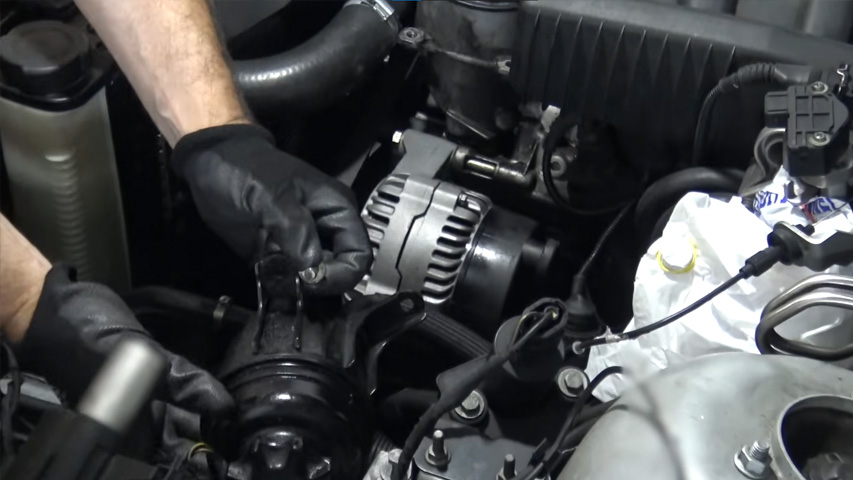
Testing the car’s alternator with a multimeter
In this section, we’re going to explain how to test a car with a multimeter. First, we should say that you should consult a specialist for this procedure. Testing a car’s alternator with a multimeter has several steps.
First, you have to turn off the car and not open the hood door. After this step, you need to change the multimeter to a 20 volt DC setting.
Then you have to put the red multimeter wire on a positive battery head and the black multimeter wire on a negative battery head. You need to start the car and let the car run for a few minutes.
If the multimeter shows a voltage between 13.5 and 14.5, it means that the alternator is working properly. But if the numerical voltage is less than 13.5, it indicates that the alternator cannot charge the battery enough and needs to be replaced or repaired.
Also, if the voltage shows more than 14.5 volts, it means that the alternator is running longer than necessary. This may cause damage to the battery.
Testing the car’s alternator with a lamp
One way to test the car’s alternator is to use its headlights. To use this method, you need to first turn on the headlights and pay attention to the amount and intensity of light.
After that, it is necessary to start the car and re-assess the intensity of the lights. As you didn’t see any change in the brightness of the lights, the alternator is probably in good shape.
But if the lights go out after you start the car, it’s a sign that the lights are using battery power.
So the alternator needs to be repaired. Of course, you should know that if you need to, you can change the alternator. It’s very easy and practical, and any driver can do it.
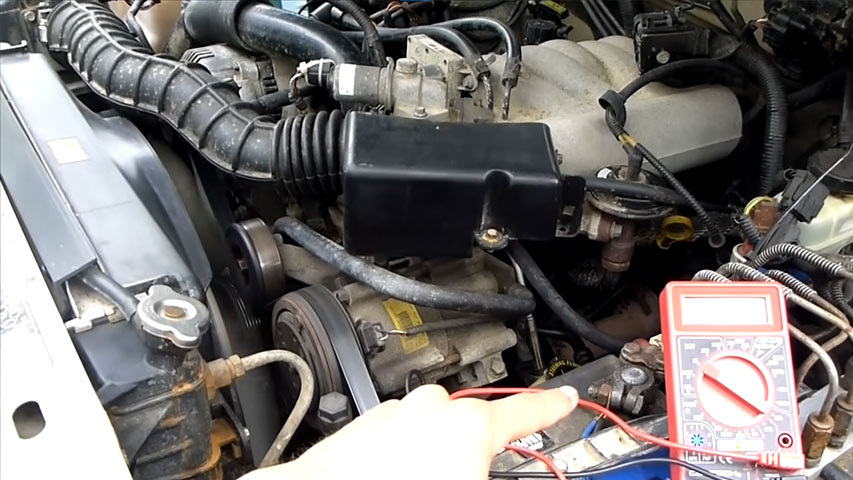
How do you self-test an Alternator?
Insert the alternator into the car and make sure that the strap is not loose.
Rotate the multimeter plate and adjust the handle to measure the DC voltage in the range of 15-20 volts. Start the car engine. Assess whether the alternator belt is rotating properly without slipping.
Is it possible to test the Alternator without removing it?
Test the alternator by turning on the radio, headlights and car air conditioner.
Evaluate the voltage meter to ensure that the voltage does not decrease with the electrical systems on.
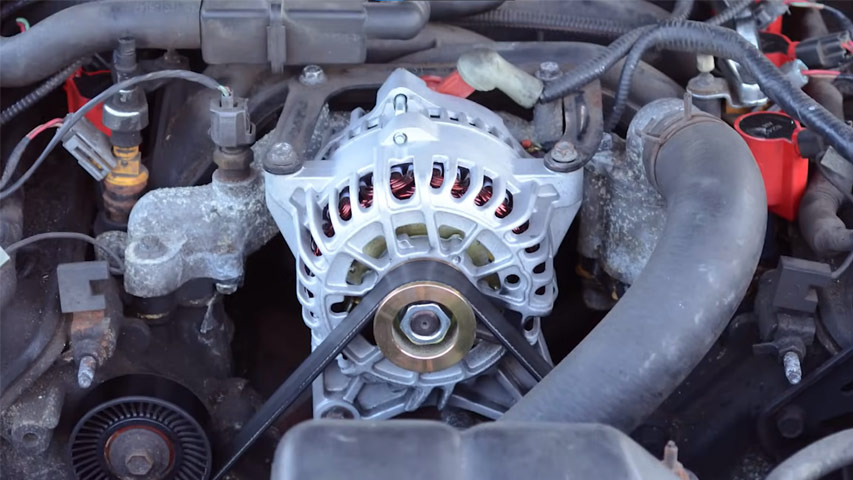
Is it possible to test the alternator by removing the battery cable?
To test the alternator in the car, it is not necessary to disassemble the battery cables.
However, as you are disassembling the battery cable, it is important to know which one to remove.
As you plan to test the alternator on a moving car, it is important to take the required safety measures.
Do alternators stop working suddenly?
When your alternator starts to fail, it can produce various electrical defects in your car and eventually cause a failure. Alternators are possible to break down suddenly or slowly over time.
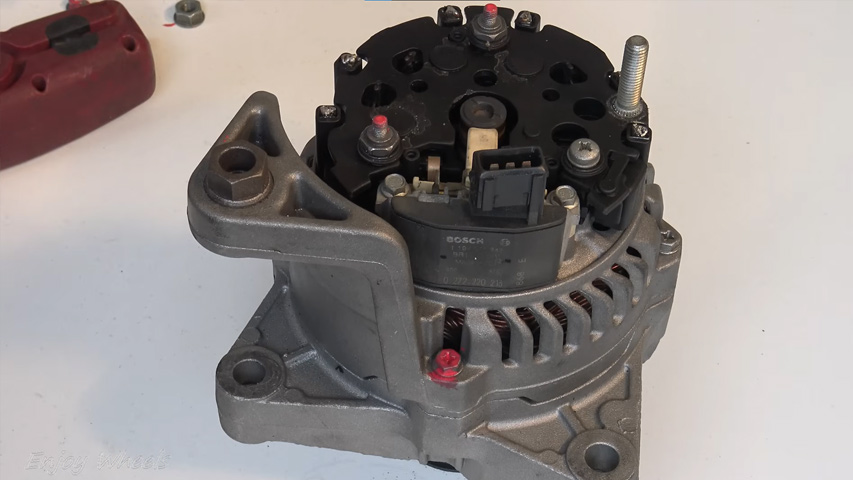
Is it possible to check the Alternator with a Screwdriver?
The rotor in the center of the alternator is a large electric magnet, and a quick test is to easily insert a screwdriver into the middle part of the alternator and create magnetic tension.
Can the alternator be tested with the car running?
There are a few low-cost methods you can do to keep track of alternator ‘s health. One of these ways is to assess the battery voltage. Simply check your battery voltage by touching the multimeter tentacles to the terminals while the vehicle is off.
Does the battery work without an Alternator?
In general, the car battery can run for about 30 minutes to an hour without an alternator, depending on these factors.

How long do Alternators last ?
You should know that the average lifespan of most alternators varies from 80,000 to 150,000 miles. Typically a alternator lives about seven years.
How do you know if your alternator or battery is bad ?
Here are some ways to tell if an alternator is bad, one of which is that if the car turns off after a jump, you should check the alternator. Because a healthy alternator must provide enough current for the car to operate even with a weak battery.
What is the sound of a broken Alternator?
You have trouble starting or stopping frequently. The problem of starting the engine indicates that your alternator will not charge the battery. That is, when you turn the key in the start, all you hear is a click sound instead of your engine snoring.
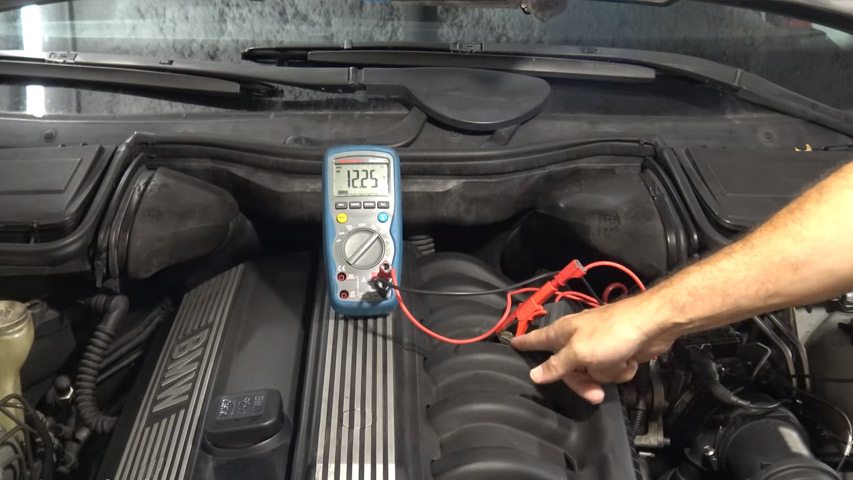
What sound does the Alternator make?
The alternator consists of inner bearings that allow the rotor and other components to gently rotate. Gradually, over time, these bearings may wear out due to aging, overheating, or insufficient lubrication .Worn-out beds can make whining, rolling, or grinding sounds.
What is a car Alternator?
alternator as an integral part of any combustion engine vehicle whose main role is to convert chemical energy into electrical energy so that you can charge and replenish the engine battery and other electrical components of the car.
How to know if the Alternator or Battery is broken?
The clicking sound when trying to start the engine indicates a battery or alternator failure. The slow, slow movement of the crankshaft may also seem like a repetition when the car starts. The battery check light comes on. The battery frame swells.

Sources:
instructables
jdpower



